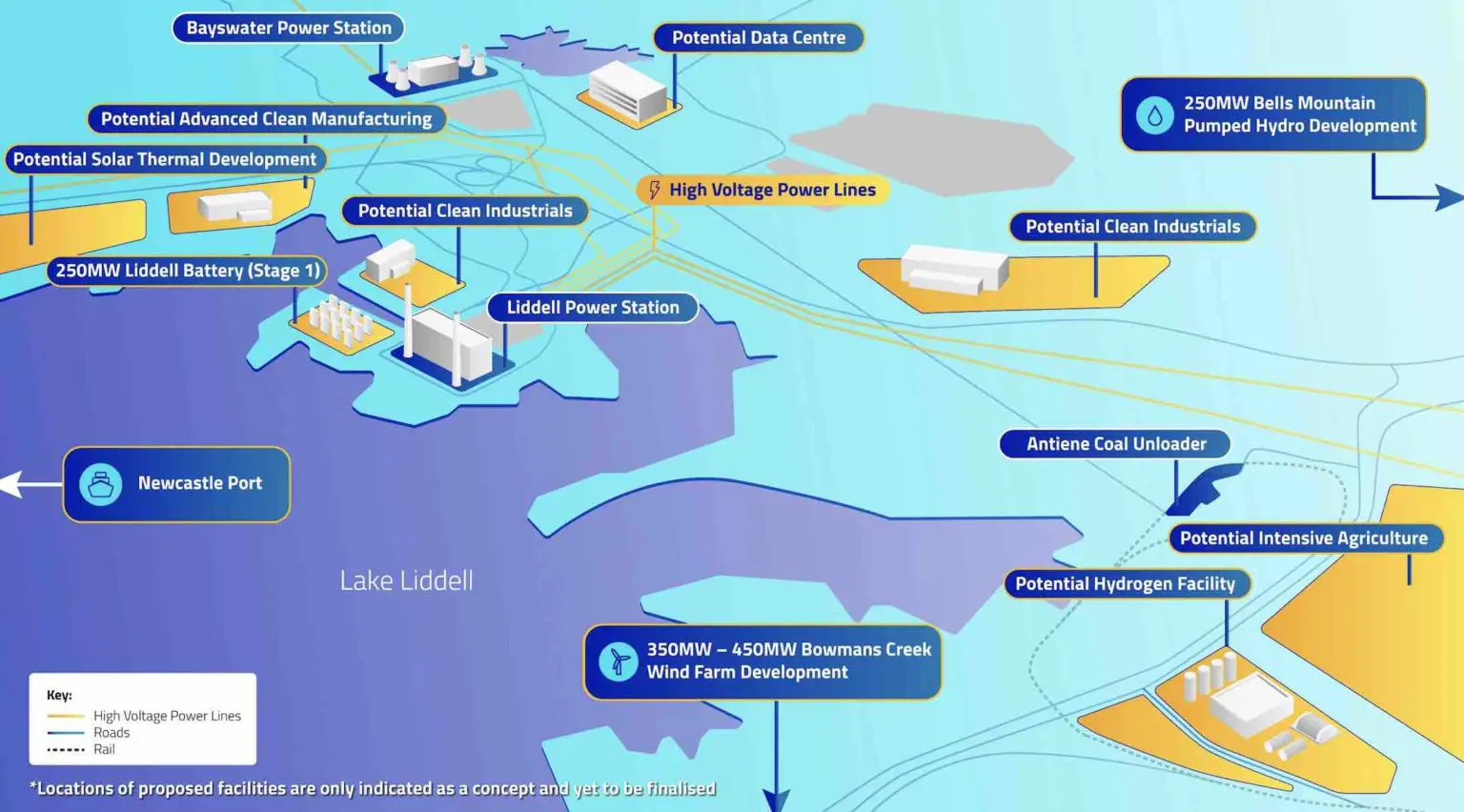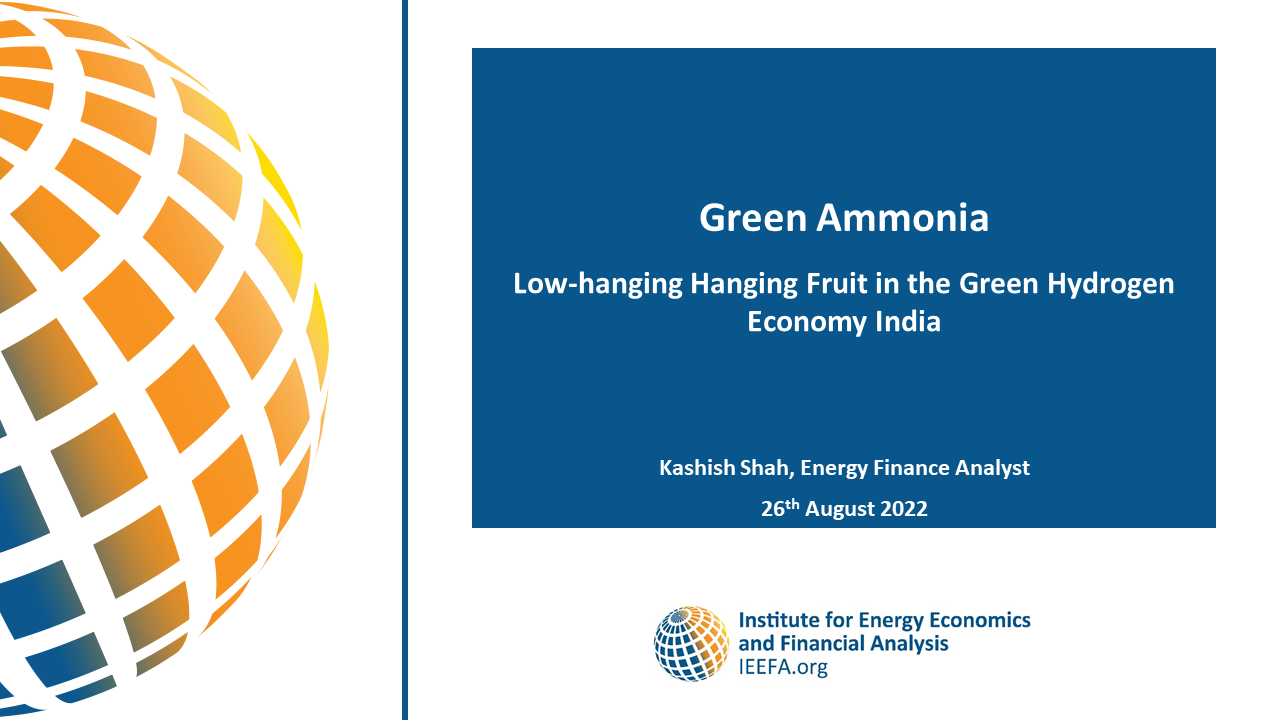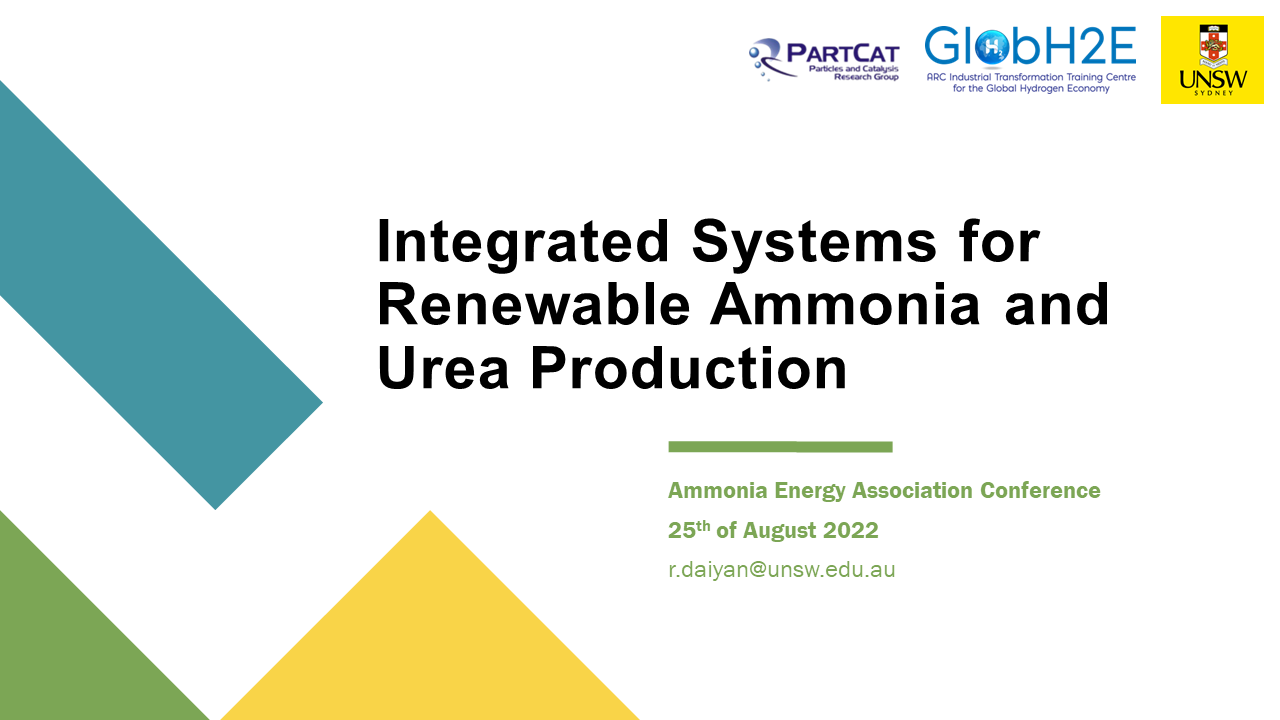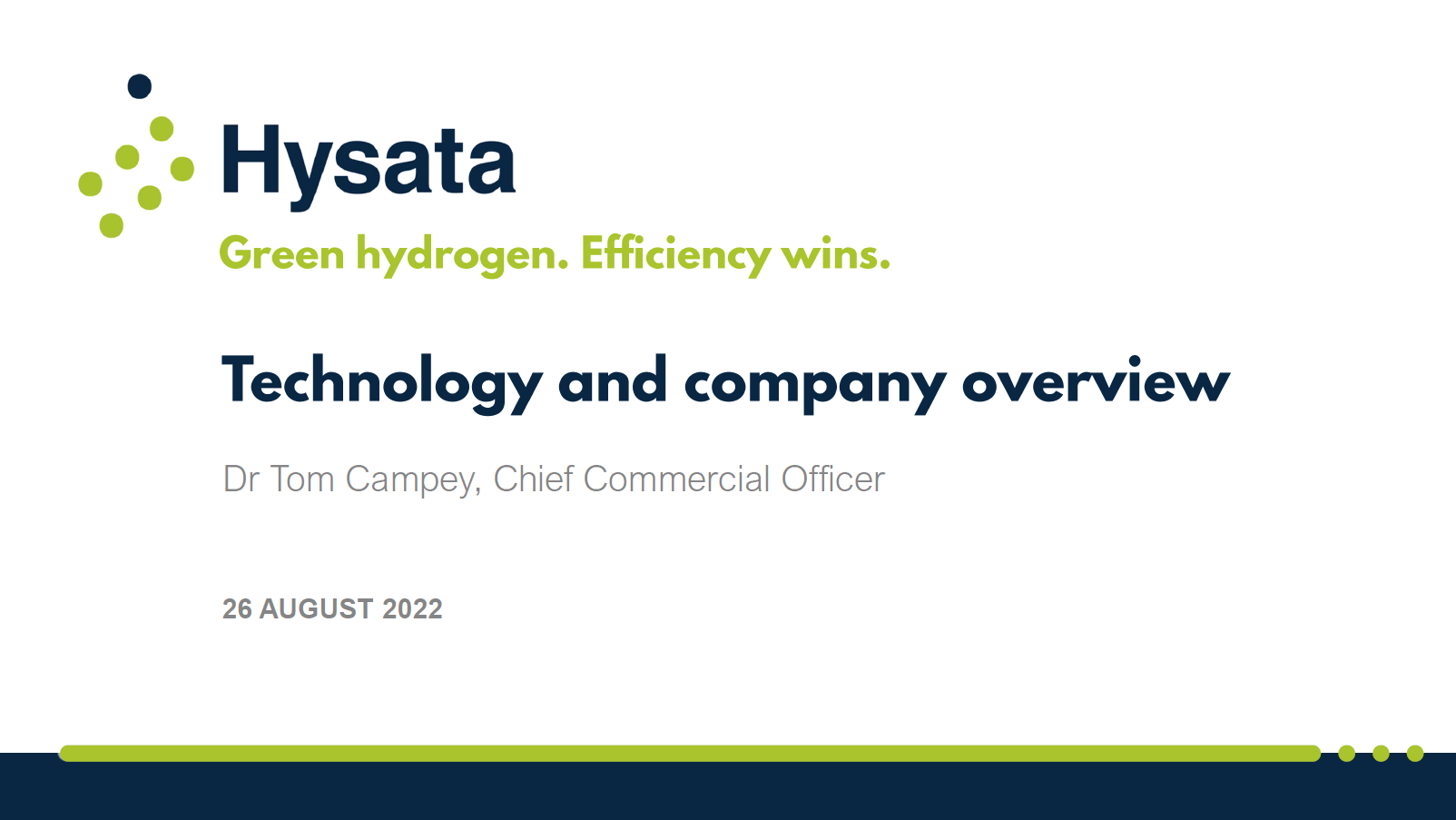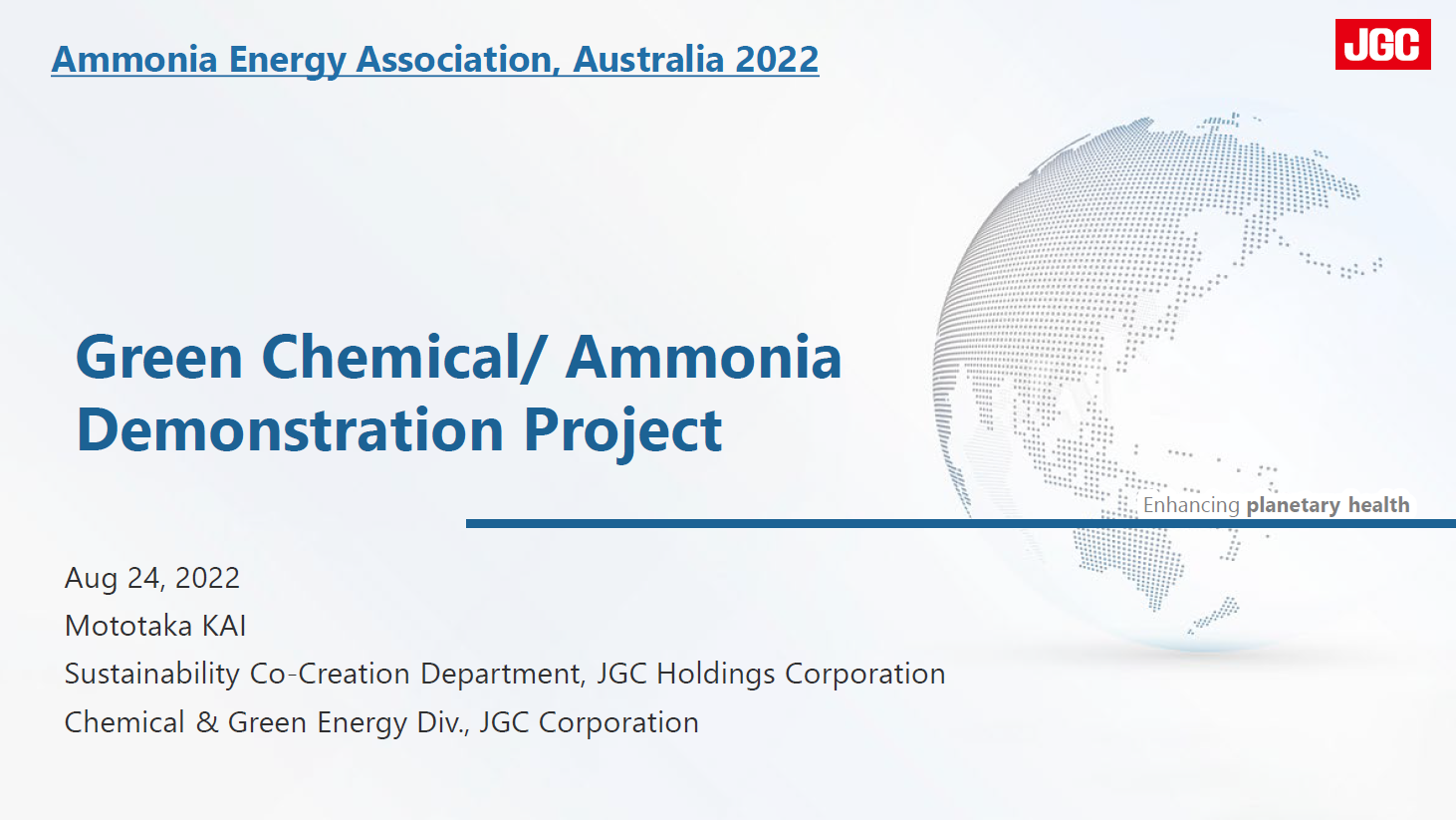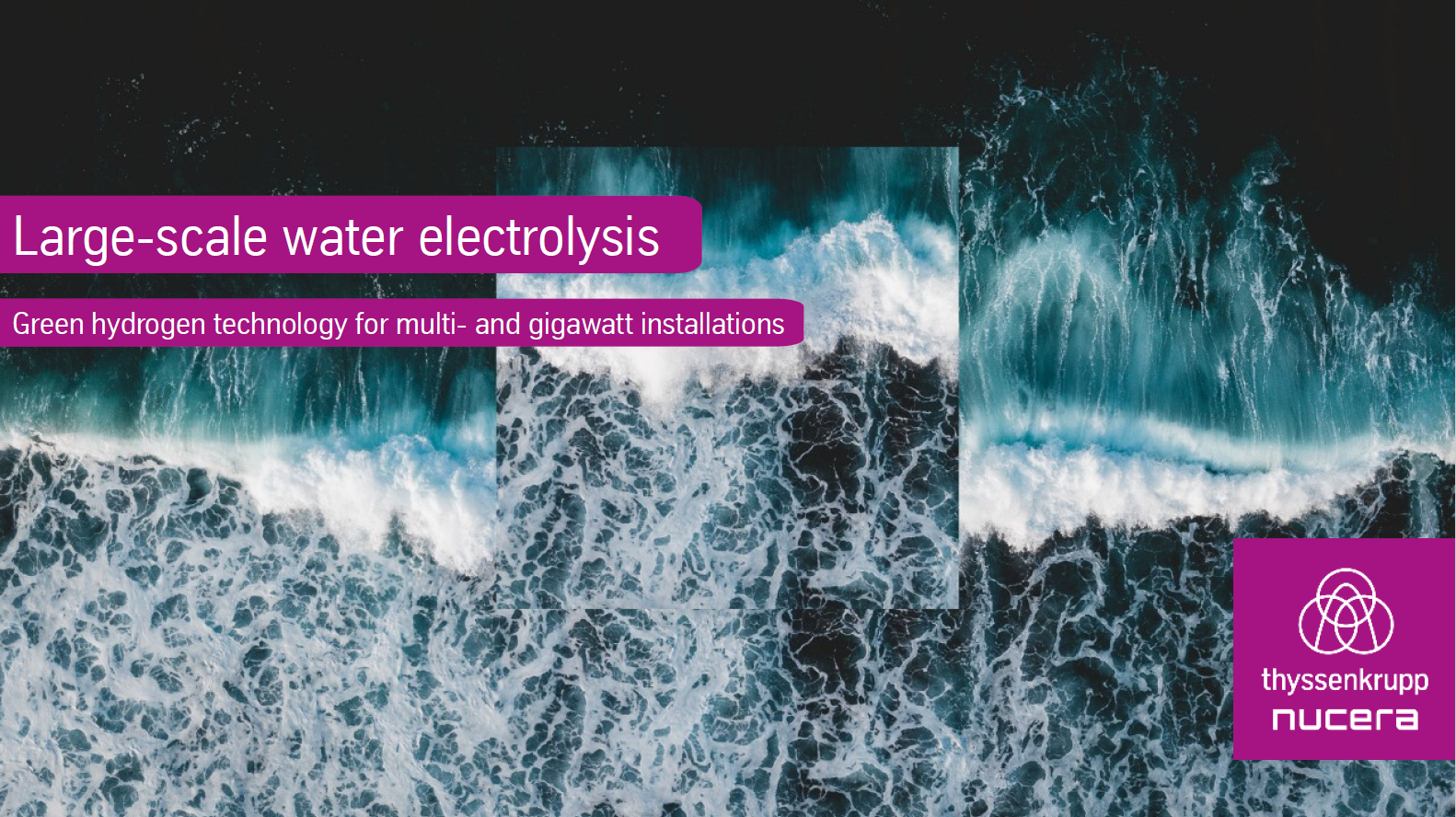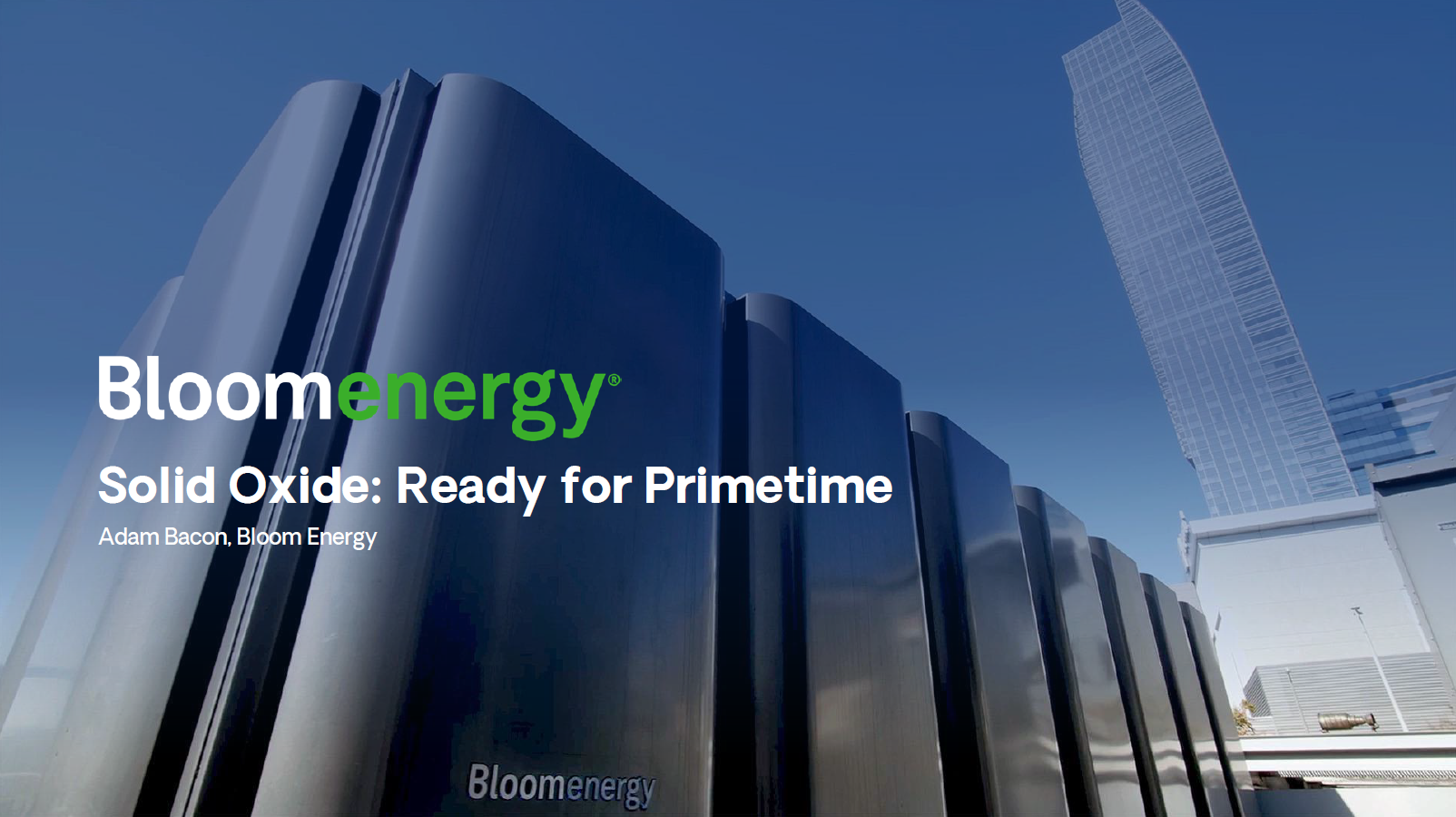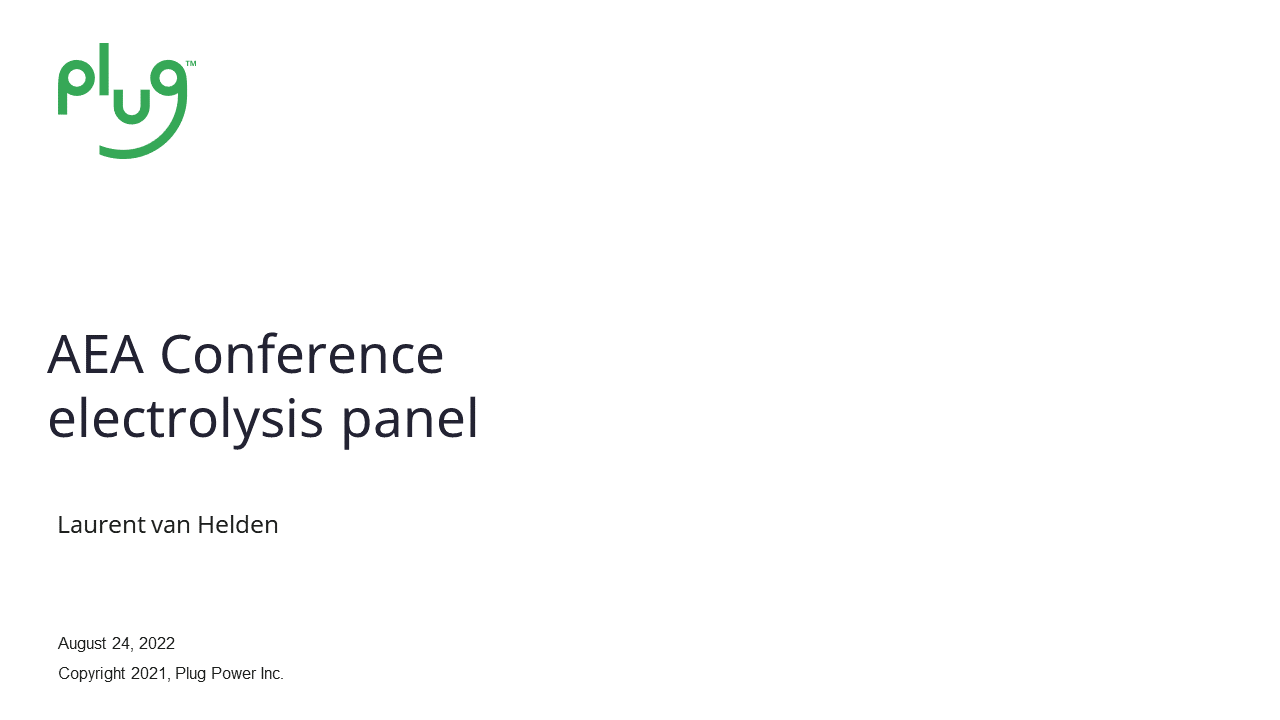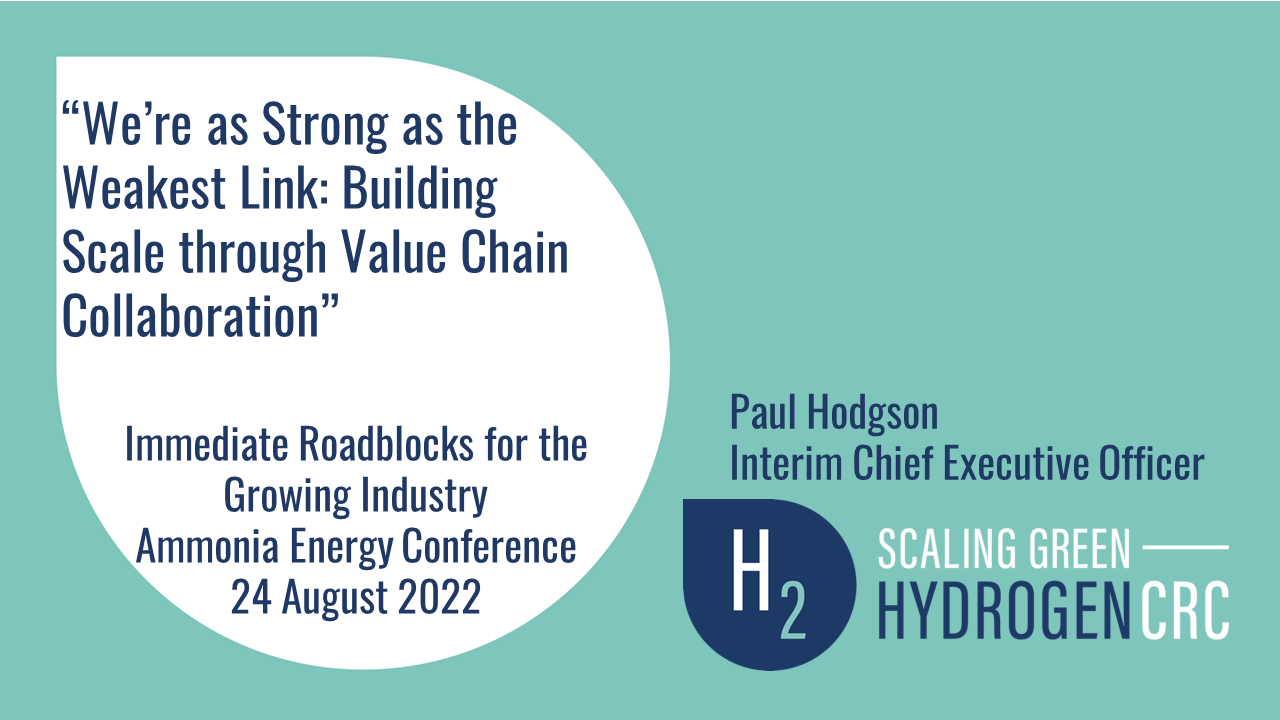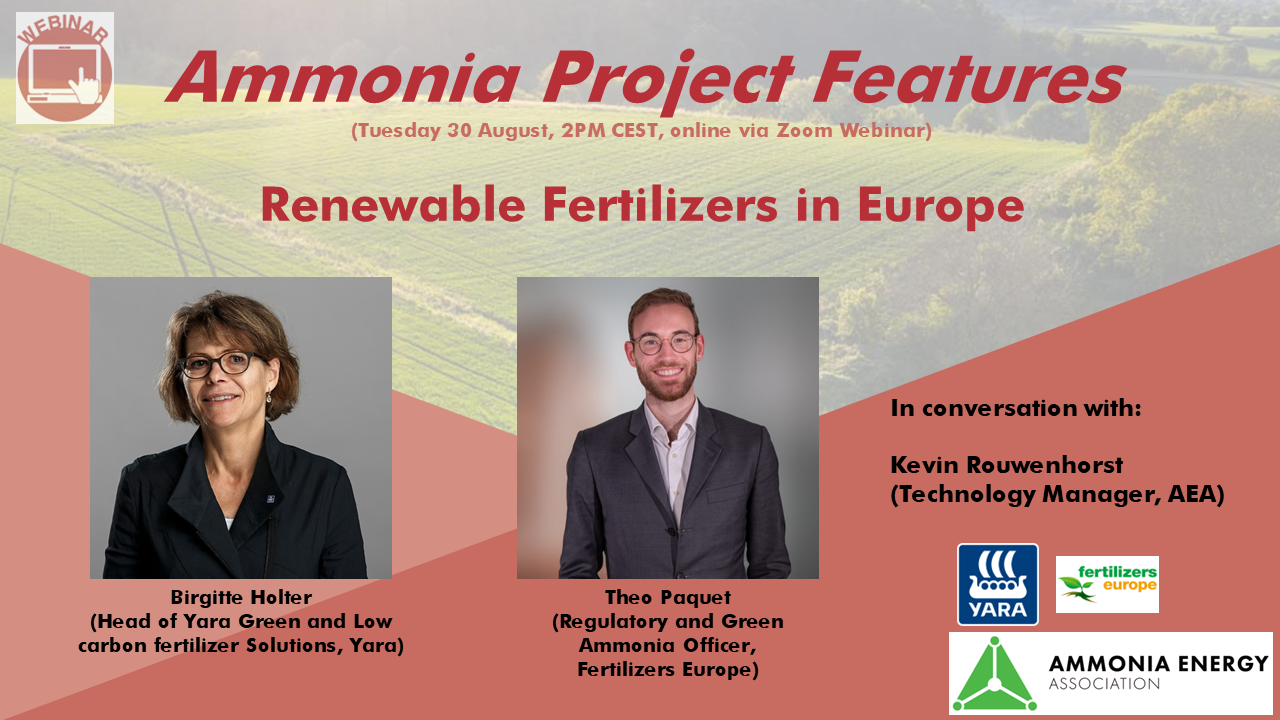Fortescue, AGL to explore decarbonisation in the Hunter Valley
Australian energy giant AGL will team up with Fortescue Future Industries to explore the feasibility of industrial-scale production of renewable hydrogen & ammonia in the Hunter Valley near Newcastle, Australia. AGL’s existing Liddell power station is due to close next year and begin conversion into the Hunter Energy Hub, with grid-scale batteries, wind & solar generation, clean industry and hydrogen & ammonia production to replace the coal-fired facility. Origin Energy, Orica, Incitec Pivot Limited and Keppel Infrastructure are already exploring similar plans in the area, based on existing ammonia production plants at Kooragang Island near Newcastle.
